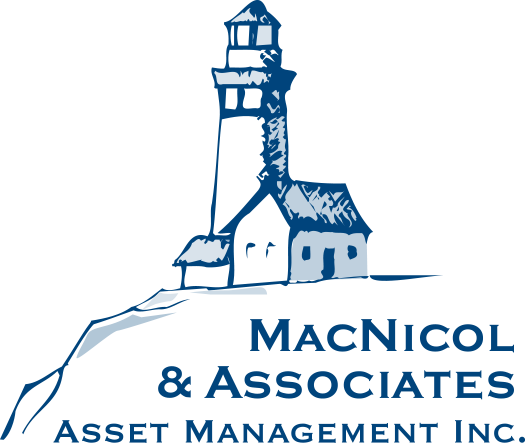Background
Jurissa Financial Holdings Inc. (“JFH”) has received a Permission to Organize for Jurissa International Bank Inc. (“JIB”) from the Puerto Rican Office of Financial Institutions (“OCIF”). JIB is expected to be operational before year end. A Permission to Organize is essentially a conditional license whereby a regulator approves a business plan and states the conditions that a new bank must meet to become operational.
A conditional license is an important step in creating a new bank because it gives the sponsor the confidence to incorporate the bank and provide the funding to hire staff, obtain bank-worthy computer systems, secure premises, contract for an off-site disaster recovery facility, and write policy and procedure manuals consistent with its OCIF-approved business plan.
Since the most desirable staff are usually employed, the Permission to Organize also gives them confidence that the new bank is highly likely to become operational so that they will be willing to leave their current employers to join before the bank is fully licensed. This is critical because the staff must physically demonstrate to the regulator that it can operate the bank using the computer systems and the policy and procedure manuals consistent with the conditionally approved business plan before the license can be issued.
As of this writing, all the conditions of the Permission to Organize have been met, except for the minimum statutory capital of $5 million. If JFH had the minimum statutory capital today, JIB would likely be licensed within two weeks.
Litigation Funding
The ultimate goal for JIB is to become a merchant bank for the legal profession with litigation funding as its initial offering. Litigation funding is a relatively new, but rapidly growing asset class that purports to generate 25% to 30% annual returns uncorrelated to other asset classes.
According to Morning Investments, litigation funding is currently a $17 billion asset class and according to Research Nester, it is expected to grow to $38 billion by 2028.
While litigation funding claims to be uncorrelated to other asset classes, it is arguable that the current conditions roiling equities, fixed income, venture capital, private equity, and SPAC markets make litigation funding negatively correlated to those asset classes. In other words, those drops in asset values are likely to spur higher levels of litigation.
The vast majority of litigation funding is provided by Third Party Litigation Funds (“TPLFs”). We have been able to identify 54 TPLFs. 22 are in the U.S., 22 are in the UK, and 10 are in other countries led by 2 each in Australia, Germany, and Switzerland.
The typical TPLF advances cash to claimants or law firms to fund litigation on a non-recourse basis. If the case loses, it does not cost the claimant nor the law firm a single penny. If the case settles or wins, the TPLF gets its investment back plus 2x to 3x.
Assuming that the TPLF wins 2/3rds of its cases and committed $1 to each of 3 cases, its expected return (before expenses) would be 100% at 2x and 166% at 3x. JIB plans to co-invest with TPLFs, which means taking 35% participations in portfolios of loans on a senior secured basis. The benefit for the TPLF is that it can do roughly 50% more transactions per unit of capital.
JFH’s Advantages over TPLFs
If an investor puts $1 in a TPLF, only $1 is working, the cost of infrastructure is significant, the incremental cost of capital must exceed equity returns, and all returns are generally taxed as ordinary income.
That same $1 in JFH can work 6 to 8 times with little infrastructure (JIB acts as an allocator), the incremental cost of capital is the cost of term deposits, and income is only taxed at 4%. As such, JFH expects to raise a significant portion of its capital from TPLFs and will prioritize allocations to TPLFs, whereby the TPLF, its GP, or its LPs are investors in JFH.
Capital
JFH expects to raise up to $100 million through Series C, D, and E Reg D offerings to qualified and accredited investors and a Reg A+ offering to unaccredited investors.
The Series C and D rounds will consist of $10 units (a share and 2 warrants for Series C and a share and a warrant for Series D) and/or $1,000 senior callable convertible notes (whereby conversion terms will be far less favorable than an investment in units). Series E will be $10 per share, while the Reg A+ offering will be $10 a share or $1,000 per callable convertible note.
A unique feature of the capital raise is that each investor has the same downside risk if JFH does not succeed, but earlier investors will make orders of magnitude more if it does succeed.







